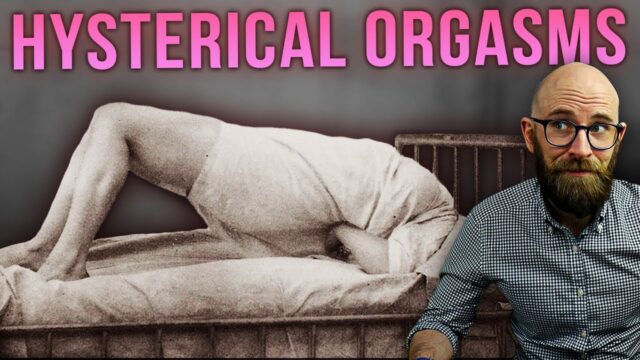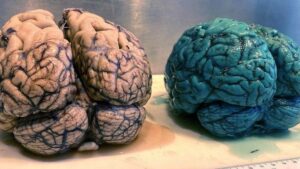“Unlocking Pleasure: The Surprising Truth Behind the Great Vibrator Myth That Everyone Gets Wrong!”
Going back to Lieberman and Schatzberg, they note multiple instances where Maines distorts or misinterprets her sources in service of her narrative:
“Maines’ second key claim is that genital use of vibrators was a standard treatment for hysteria and related ailments, such as neurasthenia. [The] sources she cites contradict this claim. Some of her cited sources do not even mention hysteria, while most of her sources on hysteria do not mention vibrators. Even when medical sources did endorse vibration treatment for hysteria, it was rarely a primary treatment, and never recommended for application to the vulva…
[In one example], Maines twists a quote to make it seem to support her claim about clitoral massage for hysteria:
In 1903 Samuel Howard Monell effectively summarized the demand of physicians since Hippocrates for some simple means of getting results with their hysterical patients:
“Pelvic massage (in gynecology) has its brilliant advocates and they report wonderful results, but when practitioners must supply the skilled technic with their own fingers the method has no value to the majority.” For physicians in this line of work, the vibrator was a godsend: “Special applicators (motor-driven) give practical value and office convenience of what to what otherwise is impractical.”
On its face, this quote appears to be strong evidence. However, the context of the quote shows otherwise. Maines implies that Monell was discussing hysterical patients; however, nowhere in the book does he mention treating hysteria with pelvic massage. In fact, the quoted passage occurs in a discussion of massage for “fractures, dislocations, and sprains.”











